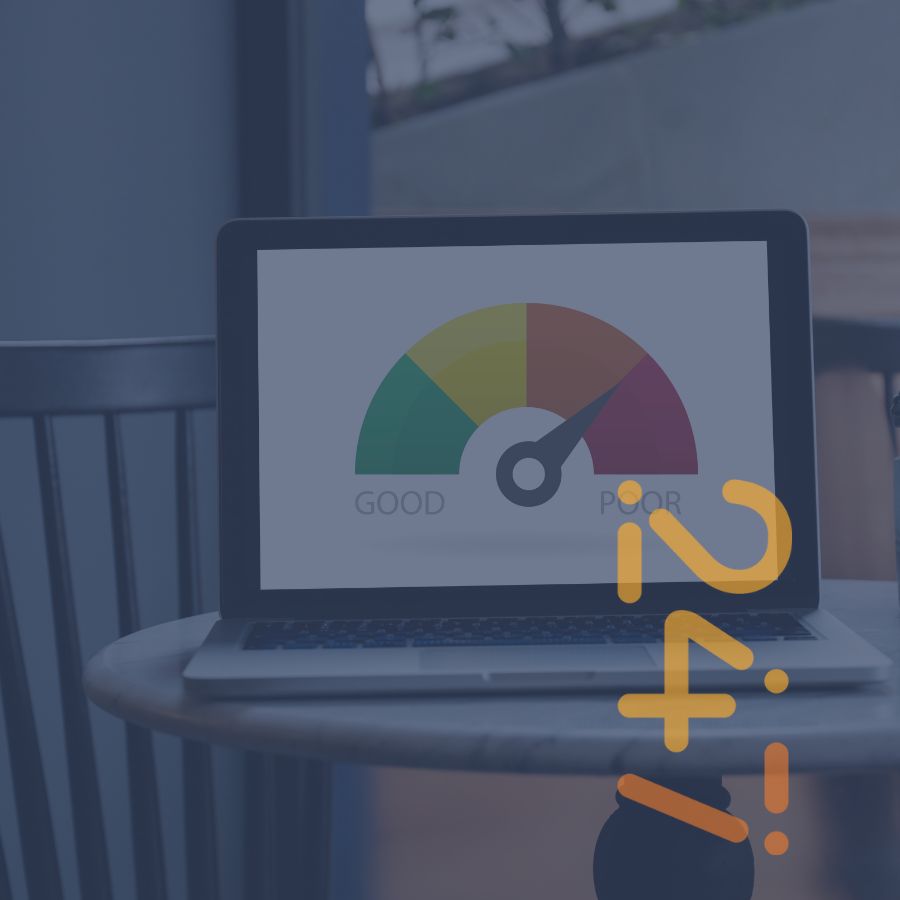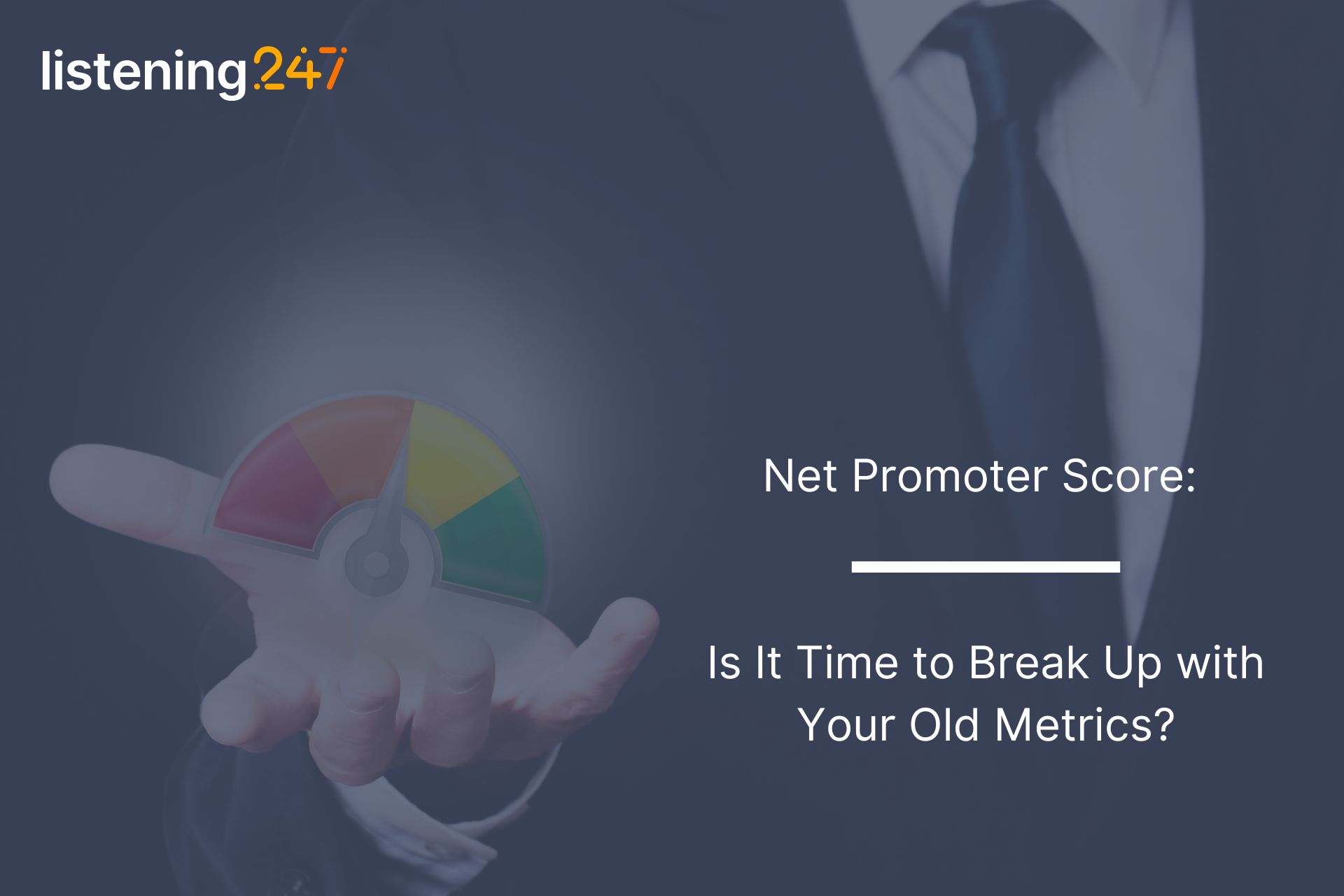
listening247 In the Press
listening247 CEO on whether the NPS is ripe for replacement
In today’s data-saturated landscape, measuring marketing success and customer satisfaction has become increasingly complex. While the Net Promoter Score (NPS) has long been a staple for gauging customer loyalty with a single figure, the rise of social media has introduced both a wealth of data and a new set of challenges. With countless metrics and indicators now at businesses’ disposal, the real challenge lies in distilling this information into actionable insights that go beyond traditional survey methods.
Navigating Modern Marketing Metrics: From Social Media Data to Actionable Insights
The rise of social media has transformed how businesses measure marketing success and customer satisfaction. The internet now offers an abundance of data, with customers readily sharing their opinions and experiences. However, this wealth of information presents a challenge: distinguishing between crucial and trivial data amidst an overwhelming number of potential key performance indicators (KPIs).
To effectively gauge performance, businesses need to move beyond traditional lagging indicators and adopt innovative methods. Leveraging AI and machine learning can help sift through massive data sets to identify actionable KPIs, providing a clearer and more strategic understanding of current and future performance. This modern approach ensures that companies can make informed decisions and stay ahead in a competitive landscape.
Out with the old
The Net Promoter Score (NPS), introduced in 2003, is designed to simplify the measurement of customer loyalty with a single, actionable score. By asking customers a straightforward question—"On a scale from 0-10, how likely are you to recommend Brand X to friends and colleagues?"—companies categorize responses into detractors, passives, and promoters. The NPS is calculated using these categories, producing a score between -100 and +100. This simplicity has made NPS a popular tool among Fortune 1000 companies for predicting customer behavior and assessing company prospects.
However, despite its appeal, the NPS is not without its shortcomings. Studies, such as one from The TQM Journal, have highlighted that NPS can be a poor predictor of actual customer loyalty and satisfaction. Survey responses can be unreliable, and with the vast amounts of unsolicited feedback available online, more nuanced insights may be found outside of structured surveys. Therefore, while NPS offers a convenient snapshot, it should be complemented with comprehensive analysis of social media and other data sources to achieve a fuller understanding of customer sentiment.
In with the new
Machine learning models have revolutionized the way businesses gather and interpret customer opinions by analyzing social media and online posts. These models enable the measurement of 'buzz'—the volume of online conversations about a brand—and the sentiment behind these discussions, whether positive, negative, or neutral. By leveraging social media listening, companies can gain a comprehensive view of how their brand is perceived and the overall customer sentiment.
Semantic machine learning models offer even deeper insights by identifying purchase intent and recommendations through engagement metrics such as likes, comments, shares, and the reach of PR efforts. This approach captures actual customer behavior more reliably than traditional survey responses, providing a richer and more nuanced understanding of customer interactions with the brand.
Our data scientists have developed a sophisticated metric called the Social Presence Score (SPS), which integrates various social intelligence metrics—such as buzz, purchase intent, and sentiment—into a single KPI ranging from 0 to 1. Unlike the simpler NPS formula, the SPS involves detailed data annotation and weighting, offering businesses the ability to benchmark performance, identify areas for improvement, and predict future outcomes. In today’s complex marketing landscape, embracing advanced KPIs like SPS is crucial for gaining actionable insights and staying ahead of the competition.
Conclusion
To stay competitive, businesses must evolve from relying solely on NPS and embrace more sophisticated approaches to performance measurement. By leveraging advanced social intelligence metrics and machine learning technologies, companies can gain a more nuanced and accurate view of their market presence.
The Social Presence Score (SPS), for example, integrates various data points into a single KPI, offering a more comprehensive and actionable snapshot of brand performance. Embracing these modern tools not only enhances the accuracy of performance benchmarks but also provides valuable insights that drive future strategy and growth.
Origal Source: Information Age
